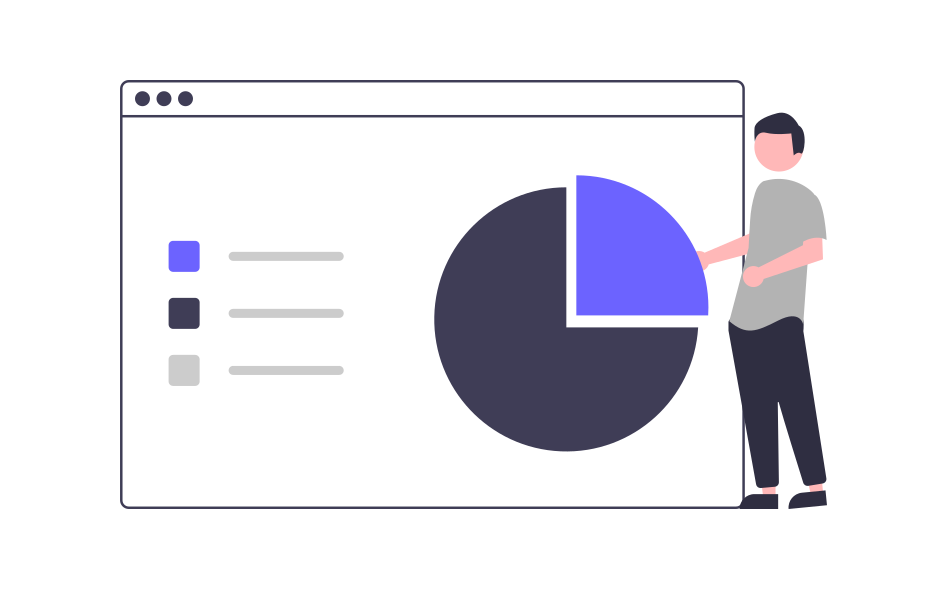Predictive analytics is reshaping the landscape of B2B marketing by enabling businesses to anticipate customer needs and tailor their strategies accordingly. This powerful tool uses data, statistical algorithms, and machine learning techniques to identify the likelihood of future outcomes based on historical data. In this blog, we will explore the various facets of predictive analytics and how it can revolutionize B2B marketing.
Introduction to Predictive Analytics
Predictive analytics involves analyzing current and historical data to make predictions about future events. In B2B marketing, this means leveraging data to foresee customer behaviors, trends, and needs. This proactive approach allows businesses to stay ahead of the competition by anticipating market shifts and customer demands.
Key Components of Predictive Analytics
1. Data Collection
The foundation of predictive analytics is robust data collection. This includes gathering data from various sources such as CRM systems, social media, website interactions, and transaction records. The more comprehensive and accurate the data, the better the predictions.
2. Data Cleaning and Preparation
Before analysis, data must be cleaned and prepared to ensure accuracy. This step involves removing duplicates, correcting errors, and handling missing values. Clean data is essential for building reliable predictive models.
3. Statistical Analysis and Modeling
Using statistical techniques and machine learning algorithms, businesses can create models that identify patterns and relationships in the data. These models help predict future behaviors and outcomes, enabling more informed decision-making.
4. Implementation and Monitoring
Once predictive models are developed, they are implemented into marketing strategies. Continuous monitoring is crucial to ensure the models remain accurate and relevant over time. Regular updates and recalibrations may be needed as new data becomes available.
Benefits of Predictive Analytics in B2B Marketing
1. Enhanced Lead Scoring
Predictive analytics improves lead scoring by identifying which leads are most likely to convert. This allows sales teams to prioritize their efforts on high-potential prospects, increasing the efficiency and effectiveness of their outreach.
2. Improved Customer Retention
By predicting customer churn, businesses can proactively address issues that may lead to customer loss. Predictive analytics helps identify at-risk customers and implement retention strategies to keep them engaged and satisfied.
3. Personalized Marketing Campaigns
Predictive models can identify customer preferences and behaviors, enabling businesses to create highly personalized marketing campaigns. This tailored approach increases engagement and conversion rates by addressing the specific needs and interests of each customer.
4. Optimized Resource Allocation
With insights from predictive analytics, businesses can allocate their marketing resources more effectively. By focusing on high-impact activities and channels, companies can maximize their ROI and drive better results.
5. Informed Product Development
Predictive analytics can reveal emerging trends and customer needs, guiding product development efforts. By understanding what features or products are likely to be in demand, businesses can innovate and stay ahead of market trends.
Challenges and Considerations
1. Data Quality and Integration
The accuracy of predictive analytics depends heavily on the quality of the data. Ensuring data is clean, accurate, and well-integrated from various sources is a critical challenge that businesses must address.
2. Skill and Expertise
Implementing predictive analytics requires specialized skills in data science and statistical analysis. Businesses may need to invest in training or hire experts to build and manage predictive models effectively.
3. Ethical and Privacy Concerns
Using customer data for predictive analytics raises ethical and privacy concerns. Businesses must ensure they comply with data protection regulations and maintain transparency with customers about how their data is used.
Future Trends in Predictive Analytics
1. Advanced Machine Learning Techniques
The future of predictive analytics lies in more advanced machine learning techniques. These methods will provide even deeper insights and more accurate predictions, further enhancing the capabilities of B2B marketers.
2. Integration with AI
Integrating predictive analytics with artificial intelligence will enable more sophisticated and automated decision-making processes. AI can help continuously refine predictive models and apply insights in real-time, improving marketing agility and responsiveness.
3. Real-Time Predictive Analytics
The demand for real-time insights is growing. Future advancements will focus on providing predictive analytics in real-time, allowing businesses to react swiftly to changes and capitalize on emerging opportunities immediately.


